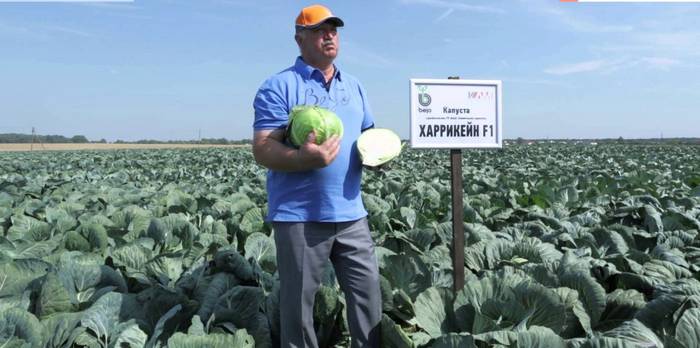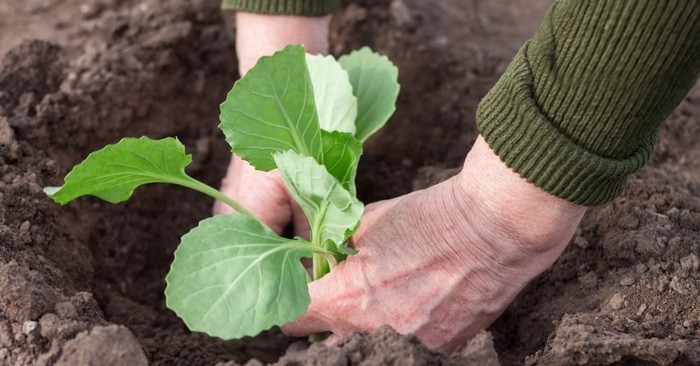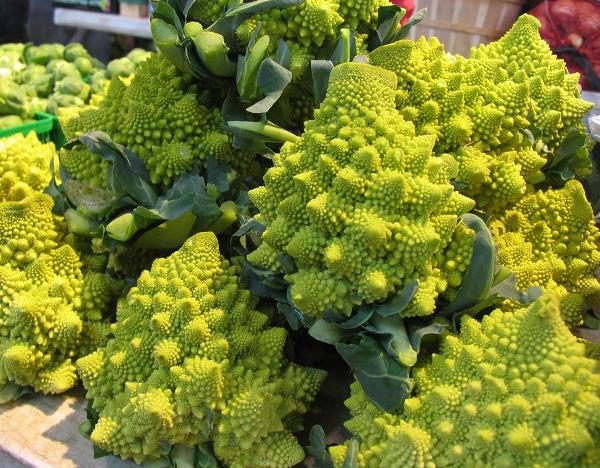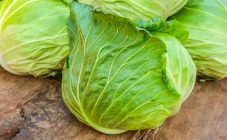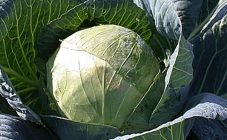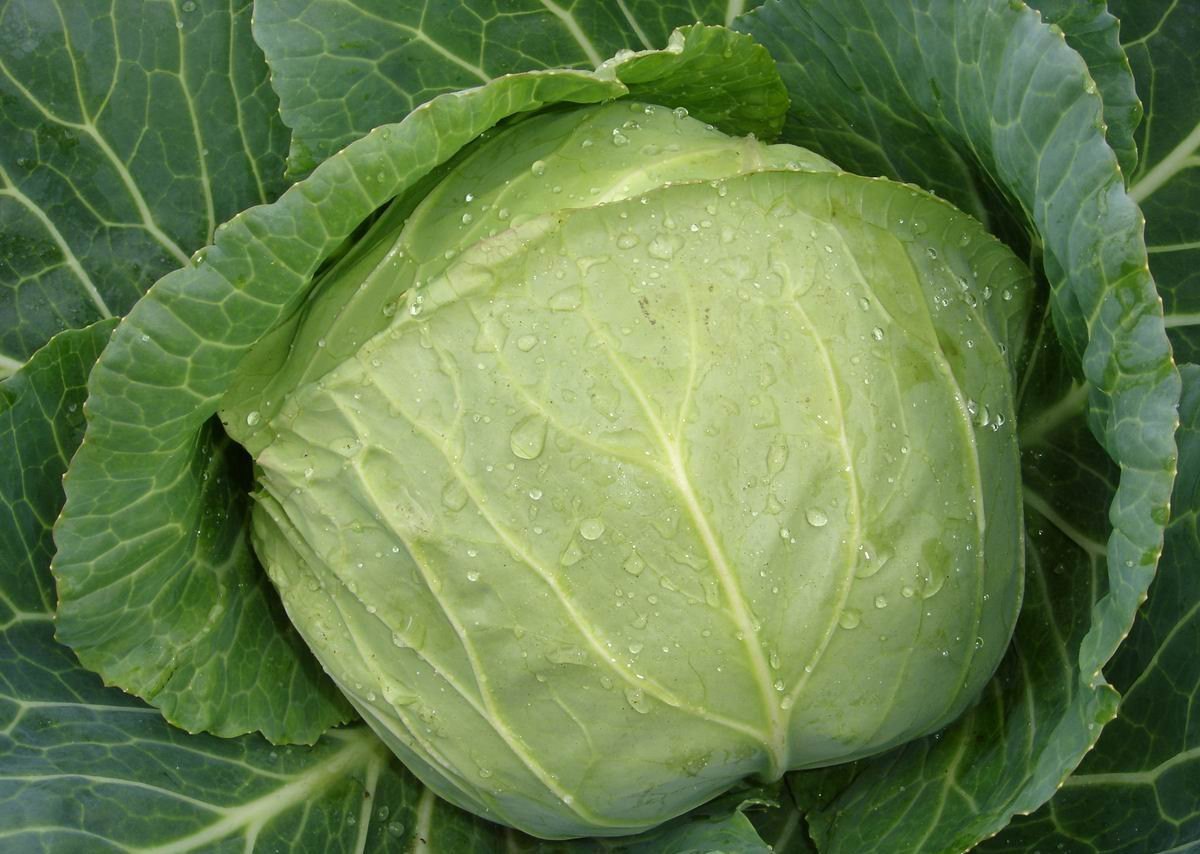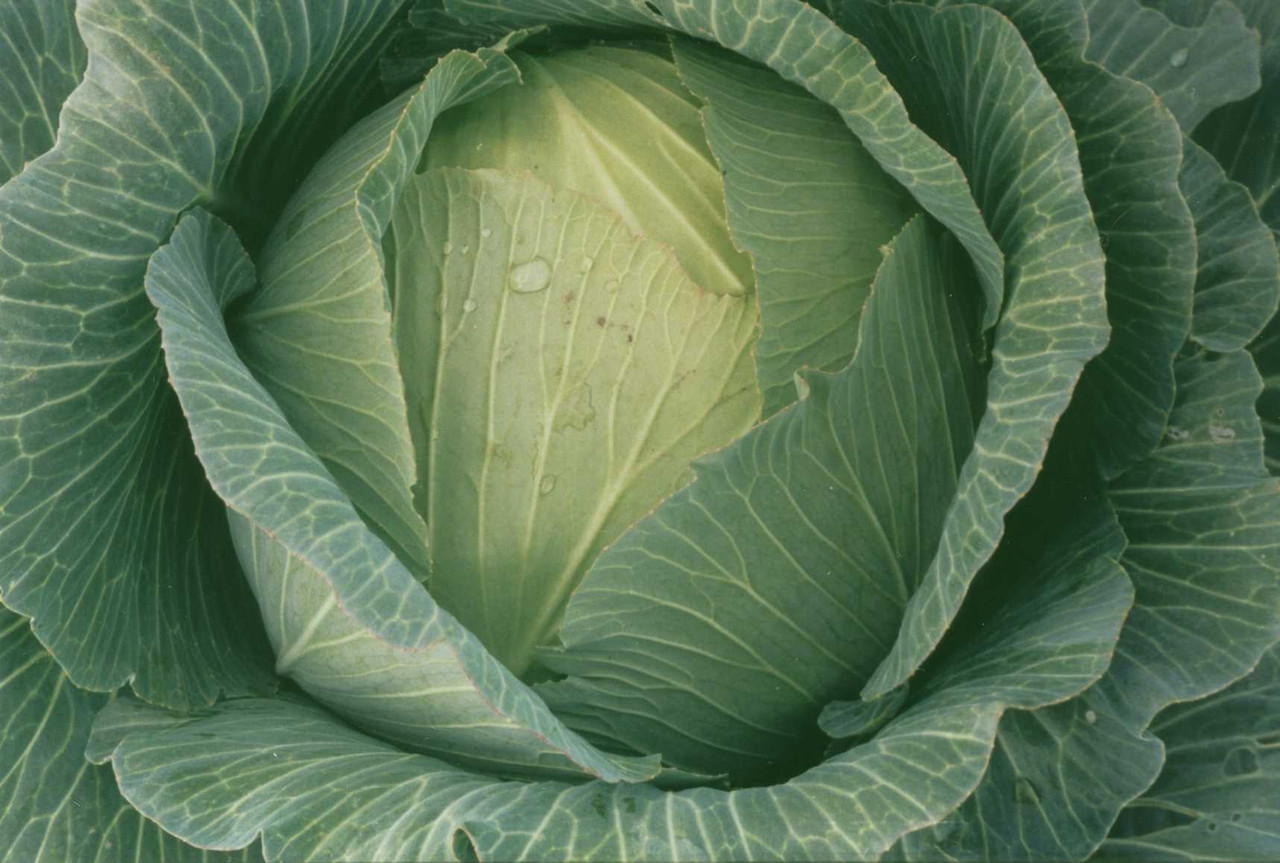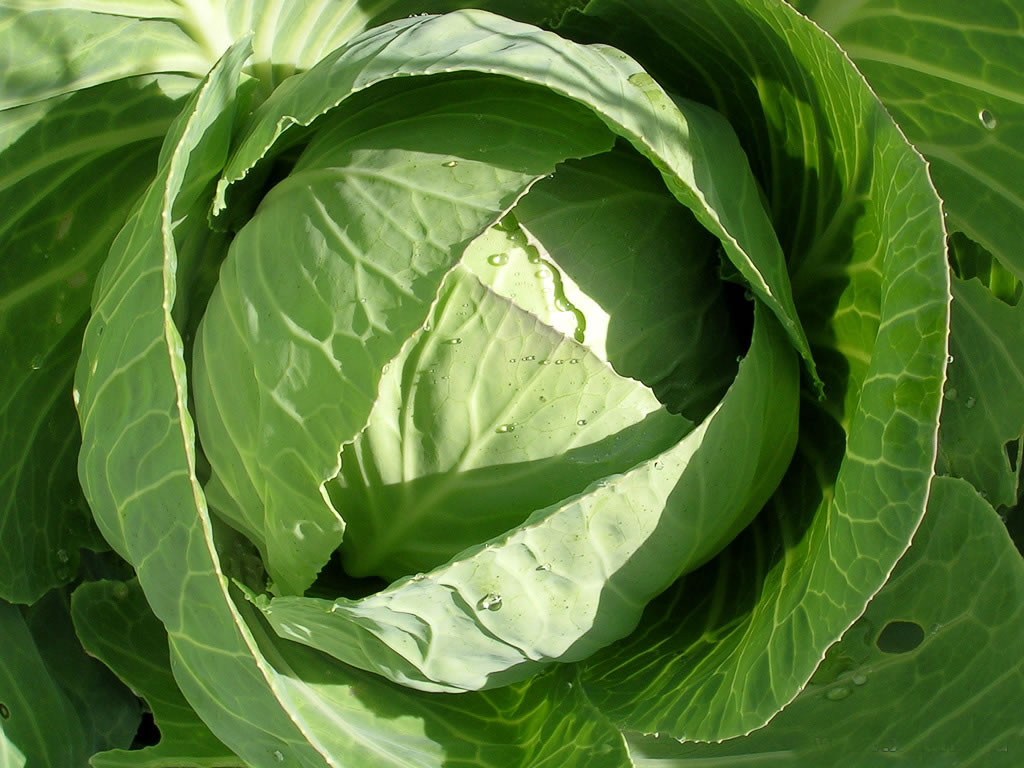Content:
The Hurricane hybrid belongs to the mid-late and late varieties of cabbage. This vegetable crop is perfect for growing in the Russian climate. It is quite popular, especially among the farms involved in its industrial production. Let's take a closer look at what Hurricane cabbage is and how to grow it correctly.
Culture information
The Hurricane F1 varietal hybrid is of Dutch origin. This is a medium-late type of white cabbage, recommended for fresh consumption, as well as for long-term storage. The heads of cabbage lie perfectly. The variety shows a stable yield. The purpose of the hybrid is to be a versatile vegetable suitable for salads, fermentation and various dishes.
The word Hurricane is translated as hurricane. Dutch cabbage is very popular in Russia and can be grown in greenhouses and outdoors. Breeders have bred many varieties that match the growing conditions of our climate. Feature - culture needs a lot of light, which is easy to provide in an open space.
From the variety of varieties, it is possible to distinguish the classification according to the selection method: hybrids obtained by crossing varieties, and originals. The first variety is designated F1 and is characterized by the fact that the plant does not have viable seeds. You have to buy them for sowing every year. But they show resistance to disease. Therefore, many farms are switching to hybrids. Next, we will get acquainted with the characteristics of this variety of cabbage.
Characteristics and features of the variety
Harikane refers to a white cabbage. The variety undoubtedly exhibits resistance to cold, but if the climate is characterized by late frosts, it is better to grow seedlings indoors. Hurricane is a late or medium late cabbage. Its ripening lasts up to 100 days.
The head of cabbage has a weight of 3.5 kg and a small stump. However, some specimens reach 5 kg. 500 centners are harvested from 1 hectare, the yield can reach 800 centners / ha, which allows cabbage to be classified as a high-yielding hybrid. Up to 8.7 kilograms are harvested from one square meter.
Hurricane cabbage and variety description begins with appearance. The round shape of the head includes light green leafy plates with a waxy coating and veins, tightly spaced relative to each other. The ability to store for a long time up to 7 months is one of the main advantages over other varieties. The vegetable also tolerates transportation well.
The following parameters are noted:
- Raised socket.
- A dense head of cabbage, rounded in shape, covered with outer leaves.
- The incision is white.
- Outside, the color of the cabbage is green or dark green.
- Medium wax coating.
- Weight - from 2, 5 to 4, 5 kilograms.
- The characteristic of taste is very high.
Agricultural technology of cultivation
The resistance of the Hurricane F1 hybrid to cold allows you to sow it in open ground. But it is still recommended to grow it using pre-prepared seedlings. The beds for sowing this cabbage are well suited if they are located in the southern regions. But with the peculiarities of the climate - spring frosts, you need to take measures, for example, cover the plantings with film.
Seedlings prepared indoors are planted in the garden in mid-May. By that time, 4 leaves are formed, up to 20 cm high.
- Sowing is carried out from mid-March to early April.
- The cotyledon phase is the period of picking, planting in separate containers.
- Mid-May - landing on the beds.
When sowing in the ground (as well as when planting seedlings), the geometry of 50 by 60 cm is observed. The soil must be nutritious, for which organic fertilizers are introduced into the soil in the fall. Mineral types are not added unless the composition is known to require such an additive. The culture does not tolerate a large nitrogen content in the soil. After 3 weeks after transplanting to the garden, the cabbage is spudded, repeating this after 10 days.
Care during the period when the seedlings get stronger is not so difficult due to the powerfully developed roots of the plant. The following steps are required:
- Timely watering, preferably in the evening. In sunny conditions, humidification is carried out at least 1 time in 3 days, and in cloudy conditions - in 5 days.
- Loosening in the morning after watering.
- Weed removal.
- Prevention against diseases. From insect pests, repellent plants are planted nearby: marigolds, lavender, garlic.
With insufficient soil moisture, nothing special will happen to the plant, since it tolerates such conditions. But the size of the heads of cabbage will decrease, which will worsen the yield indicators. From the first days of life, cabbage develops intensively. Private gardeners note the preferred cultivation of seedlings, and also noticed the need for calcium supplementation 3 times per season. Such a pump grows up without undergoing necrosis, having an excellent presentation.
Advantages and disadvantages of the variety
The good properties of cabbage can be summarized as follows:
- Good crop preservation.
- Resistant to a number of cabbage diseases. For example, fusarium wilting does not threaten the culture.
- The head of cabbage does not crack in the garden.
- Great taste.
According to gardeners, the properties of Hurriken cabbage are such that they are happy to plant it again. For example, it has been present on the Belarusian market for a long time, having proven itself very well. This is a medium hybrid that can be stored for approximately 5 months, until February. Private gardeners note resistance to the thrips pest. Kachan, with an average weight of 3 to 4 kg, must be on the market, since the hybrid variety is of rare quality.

